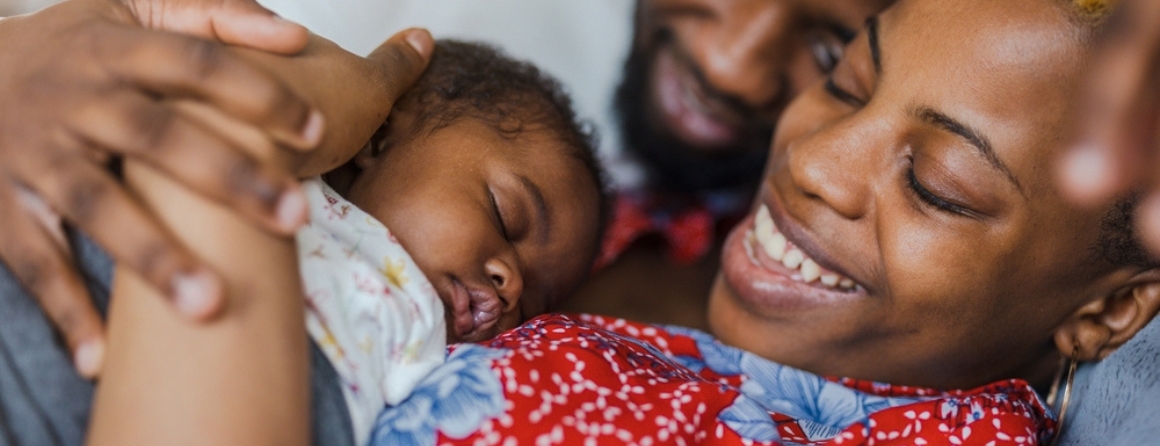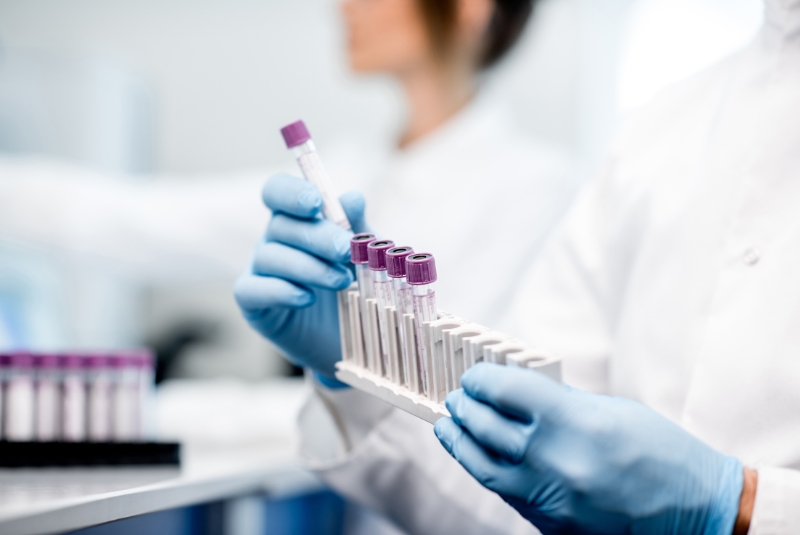
Heel prick test now detects more medical conditions
What's the child health challenge?
Diagnosing newborns with rare but serious medical conditions enables early intervention and treatment, giving them the best chance at a healthier life.
A study led by Murdoch Children’s Research Institute shows that the cost of raising a child with a rare genetic disorder is significant but can also be reduced by earlier diagnosis and treatment.
Nearly all Victorian babies have a few drops of blood collected in a heel prick test, usually within 72 hours of birth through the Newborn Bloodspot Screening program.
Samples go to the Victorian Clinical Genetics Service (VCGS).
What's the child health challenge?
Diagnosing newborns with rare but serious medical conditions enables early intervention and treatment, giving them the best chance at a healthier life.
A study led by Murdoch Children’s Research Institute shows...
What's the child health challenge?
Diagnosing newborns with rare but serious medical conditions enables early intervention and treatment, giving them the best chance at a healthier life.
A study led by Murdoch Children’s Research Institute shows that the cost of raising a child with a rare genetic disorder is significant but can also be reduced by earlier diagnosis and treatment.
Nearly all Victorian babies have a few drops of blood collected in a heel prick test, usually within 72 hours of birth through the Newborn Bloodspot Screening program.
Samples go to the Victorian Clinical Genetics Service (VCGS).
What's the discovery or innovation?
Newborn screening is an incredibly successful public health program that is conducted globally to identify babies with a range of rare but serious medical conditions that can affect typical development.
It began as a screening test for one genetic condition, phenylketonuria, and now tests for 25 conditions, including cystic fibrosis.
Screening for a potentially fatal hormone disorder (congenital adrenal hyperplasia) was recently added, and our researchers have developed a screening method for Fragile X, Angelman, Prader-Willi, and Chromosome 15q duplication syndromes which they hope can be added to the test.
How is it changing children’s lives?
One in 1,000 newborns receives an abnormal result, and this makes a huge difference to their future. Treatments can start early to prevent the permanent damage that would have occurred had this early diagnosis not been made.
The newborn screening laboratory at the Victorian Clinical Genetics Service also works with our researchers to better understand the incidence and progression of disorders screened for to fine-tune treatments and advice given to parents.






